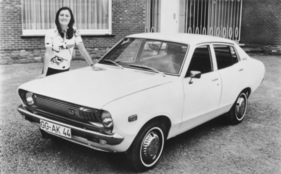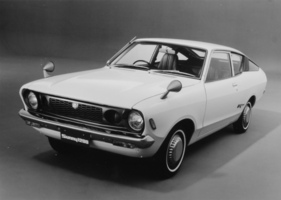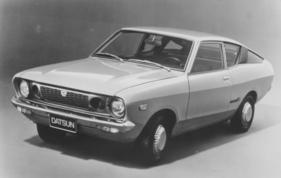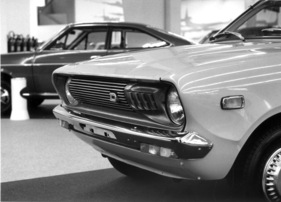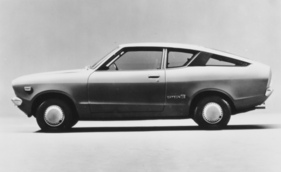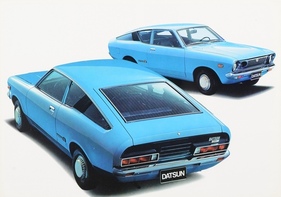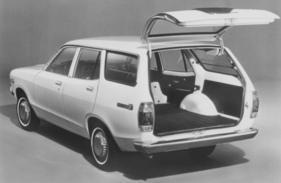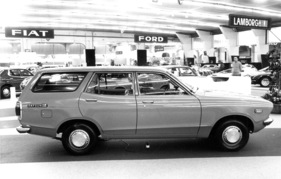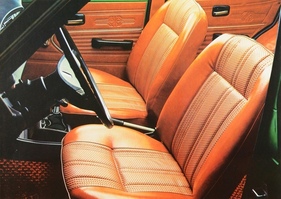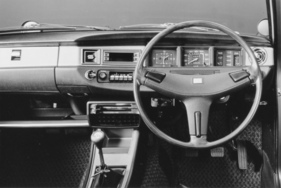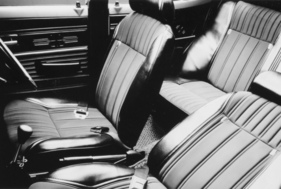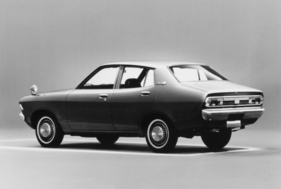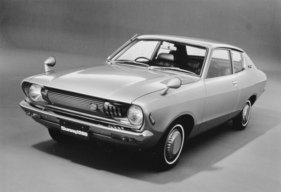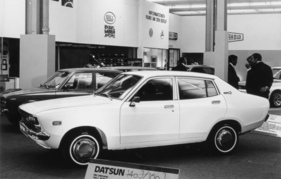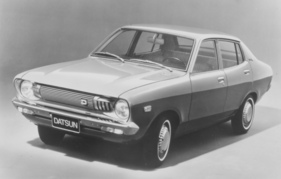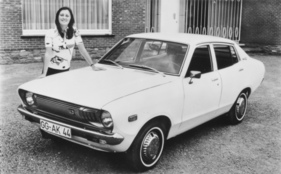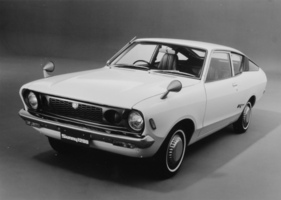Compact baroque - Datsun 120 Y in (historical) test
Summary
Datsun was launched in Germany in 1972 and had a very good reputation for quality. As the successor to the 1200, the Type 120 Y appeared in 1973, which was a model of baroque compared to its simple predecessor and whose overall design gave the typical impression of Japanese thoroughness. However, this 1975 test report reveals the complaints it faced in practice.
This article contains the following chapters
- The 120 series
- Practice with drawbacks
- Competitive situation, workshops
- Plus points
- Minus points
- Overall verdict
- Technical data & measured values
Estimated reading time: 7min
Preview (beginning of the article)
Datsun cars are built by the Nissan Group, the second largest Japanese car manufacturer, just behind Toyota and larger than VW. In Germany, Datsun started in 1972, one year after Toyota, but pulled ahead of its competitor in 1974, with 11,421 Datsun compared to 7053 Toyota; Mazda is still in its infancy with 1926. This is a remarkable success in adverse times. For 1975, the German Nissan headquarters even hoped for 18,000 vehicles, which would outstrip DAF. The number of dealers, planned to increase from the current 600 to 850, is also roughly equivalent to the DAF network; Toyota has around 550. Incidentally, the comparison with DAF is a misnomer, as Datsun relies on a wide range of models, from the small front-wheel drive Cherry to six-cylinder 2.4 and 2.8 liter models with engine outputs from 45 to 126 hp.
Continue reading this article for free?
Photos of this article











